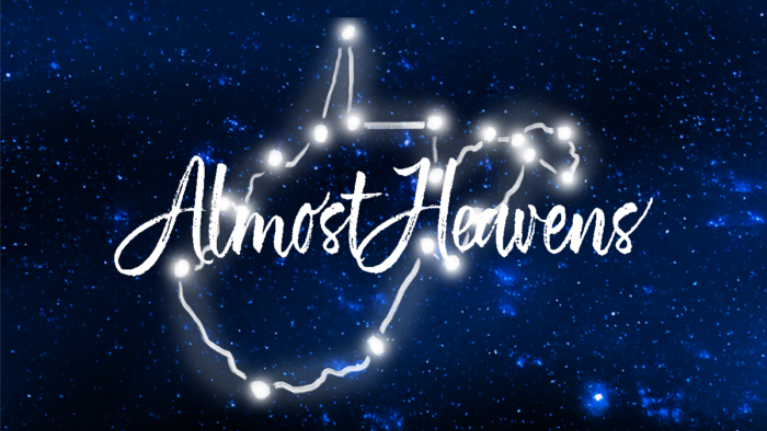Dungeons & Dragons And Remembering Jean Horner, Inside Appalachia
This week, for 15 years, a Virginia library has been hosting a weekly Dungeons & Dragons game night for teens. It can get a little wacky. Also, we remember renowned Tennessee luthier, Jean Horner, whose fiddles were played at Carnegie Hall and the Grand Ole Opry. And, a Hare Krishna community in West Virginia serves vegetarian food made in three sacred kitchens.
Continue Reading Take Me to More News




















